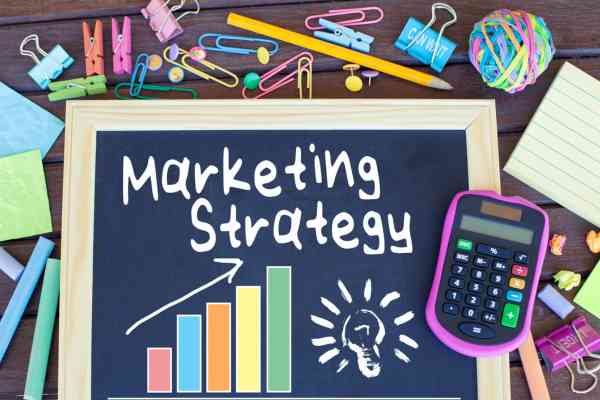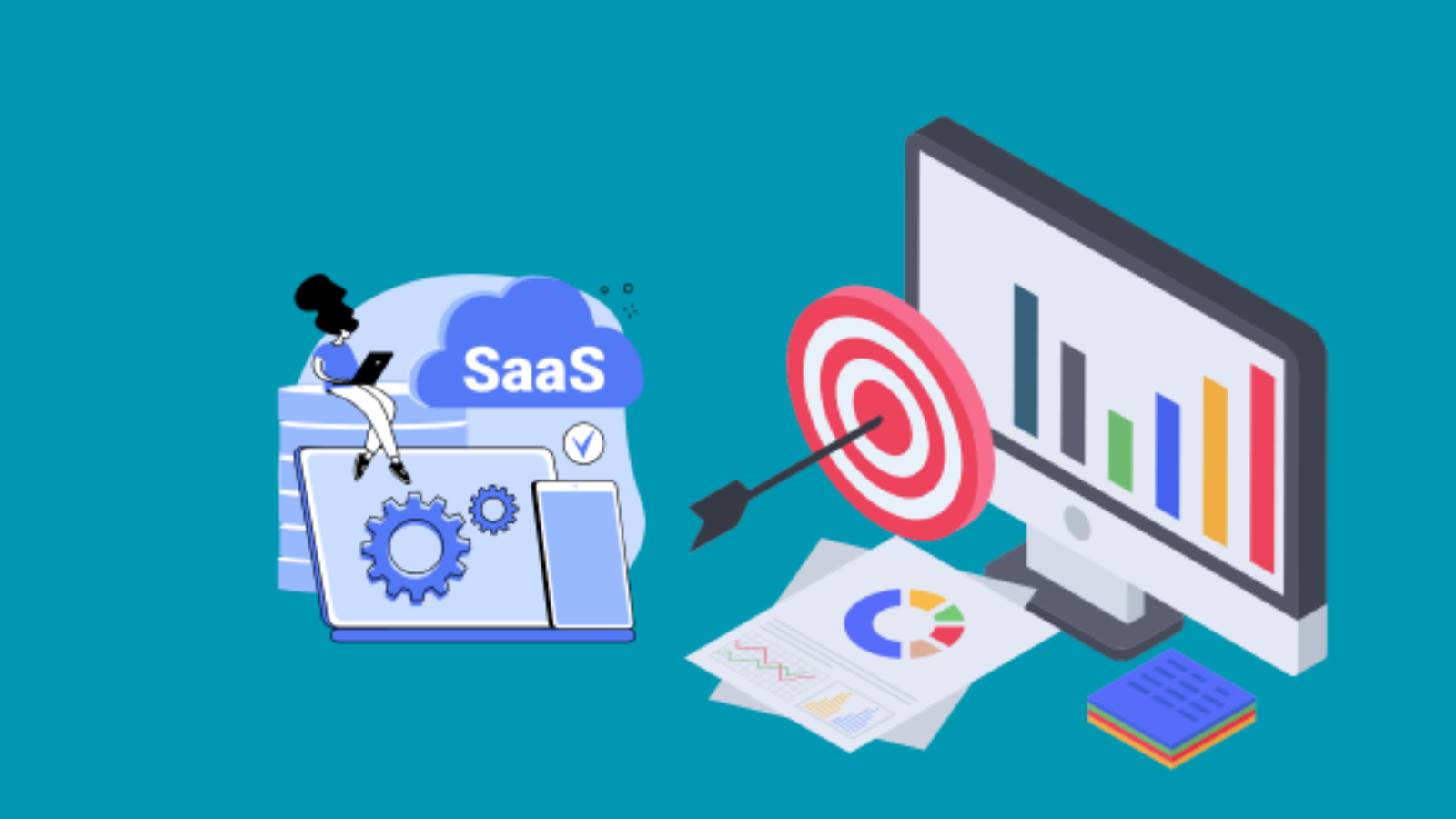Launching a Software as a Service (SaaS) product? Congratulations! It’s an exciting journey filled with potential. But hold on—before you dive headfirst into the market, you need a solid go-to-market (GTM) strategy. A well-crafted GTM strategy can be the difference between success and failure. In this blog, we’ll explore the best practices to ensure your SaaS product not only reaches its target audience but also resonates with them. Let’s get started!
1. Understanding Your Target Market
Identifying Customer Segments
The first step in any GTM strategy is understanding who you’re selling to. You wouldn’t throw a party and invite everyone in your contact list without knowing their interests, right? Similarly, identifying your ideal customer profile (ICP) is crucial.
Ask yourself:
- Who will benefit the most from my product?
- What are their job titles?
- What industries do they belong to?
By creating a detailed ICP, you can tailor your marketing messages and product features to meet their specific needs.
Conducting Market Research
Once you know your audience, it’s time to dig deeper. Conducting thorough market research is essential for gathering insights that will shape your strategy. Here are a few ways to get started:
- Surveys and Interviews: Reach out to potential users and ask them about their pain points and preferences.
- Online Tools: Utilize platforms like SurveyMonkey or Google Forms to collect data easily.
- Competitor Analysis: Study what your competitors are doing well (and not so well) to identify gaps you can fill.
Understanding customer needs and behaviors will help you craft a compelling value proposition later on.
2. Crafting a Compelling Value Proposition

What is a Value Proposition?
Your value proposition is the promise of value you deliver to your customers. It answers the all-important question: Why should someone choose your product over the competition?
Elements of an Effective Value Proposition
A strong value proposition should clearly communicate your product’s unique selling points (USPs). Here are some elements to consider:
- Benefits: What problems does your product solve? Highlight the key benefits that matter to your audience.
- Differentiation: What sets your product apart? Focus on aspects that competitors might overlook.
Communicating Your Value Proposition
Once you’ve crafted your value proposition, the next step is to communicate it effectively. Use clear and concise language in your marketing materials. Consider A/B testing different versions to see which resonates best with your audience.
3. Developing a Sales and Marketing Strategy

Choosing the Right Sales Model
Your sales model is a vital part of your GTM strategy. Different models suit different types of products and audiences. Here are the most common options:
- Direct Sales: Ideal for complex products requiring personalized attention.
- Channel Sales: Leverage third-party resellers to reach a broader audience.
- Self-Service: Perfect for straightforward SaaS products, allowing customers to sign up and use the service without sales interaction.
Choosing the right model can significantly impact your success.
Aligning Marketing Efforts with Sales Goals
Marketing and sales should work hand in hand. When both teams are aligned, you can create a cohesive strategy that maximizes customer acquisition. Regular meetings, shared goals, and open communication can help bridge any gaps.
Creating a Marketing Plan

Your marketing plan should encompass a range of tactics to create awareness and drive leads. Here are a few effective strategies:
- Content Marketing: Develop valuable content (blogs, whitepapers, videos) that addresses customer pain points and showcases your expertise.
- Search Engine Optimization (SEO): Optimize your website and content to rank higher in search results. Use keywords like “SaaS go-to-market strategy” and “best practices for SaaS” throughout your content.
- Social Media Marketing: Engage with your audience on platforms like LinkedIn, Twitter, and Facebook. Share insights, updates, and industry news to build a community around your brand.
- Paid Advertising: Consider pay-per-click (PPC) campaigns on platforms like Google Ads or Facebook Ads to reach a broader audience quickly.
4. Pricing Strategy
Pricing Models for SaaS
Your pricing strategy plays a crucial role in your GTM approach. Several pricing models exist, including:
- Subscription Model: Customers pay a recurring fee (monthly or annually) for access to your software.
- Freemium Model: Offer basic features for free, with the option to upgrade to a paid plan for premium features.
- Tiered Pricing: Different pricing tiers based on the features or services offered, catering to various customer segments.
Factors to Consider When Setting Prices
When setting prices, consider these key factors:
- Customer Willingness to Pay: Conduct surveys to gauge how much your target audience is willing to spend.
- Competitive Pricing Analysis: Research your competitors’ pricing strategies and find a balance that offers value while remaining competitive.
Testing Pricing Strategies
Once you’ve set a price, don’t be afraid to experiment. A/B testing can help you determine the most effective pricing strategy. Gather feedback from customers and be willing to adjust based on their responses.
5. Building a Strong Brand Identity
Elements of Brand Identity
A strong brand identity goes beyond just a logo; it encompasses your entire customer experience. Here are the essential elements:
- Visuals: Ensure consistency in your logo, color scheme, and design across all platforms.
- Messaging: Develop a clear and engaging brand voice that resonates with your target audience.
Establishing Brand Trust
Building trust is critical for any SaaS business. Here are a few ways to establish credibility:
- Customer Testimonials: Showcase positive experiences from current users to build social proof.
- Case Studies: Share detailed success stories that highlight how your product has made a difference.
Utilizing Social Proof
Social proof is a powerful tool for SaaS companies. Encourage satisfied customers to leave reviews and share their experiences on social media. Consider displaying testimonials prominently on your website and marketing materials.
6. Implementing Customer Onboarding and Support
Importance of Onboarding
Customer onboarding is often the make-or-break moment for SaaS companies. A smooth onboarding process can significantly improve user retention and satisfaction.
Strategies for Successful Onboarding
Here are some effective onboarding strategies to consider:
- Interactive Tutorials: Create step-by-step guides that walk new users through your software’s features.
- Webinars and Demos: Host live demonstrations to showcase how your product works and answer any questions.
Providing Ongoing Support
Your support doesn’t end with onboarding. A robust customer support system is essential for keeping users happy. Consider implementing:
- Help Centers: Create a resource hub with FAQs, tutorials, and troubleshooting guides.
- Live Chat: Offer real-time support to address customer inquiries promptly.
7. Measuring Success and Iterating
Key Performance Indicators (KPIs) for GTM Success
To gauge the effectiveness of your GTM strategy, track these key performance indicators (KPIs):
- Customer Acquisition Cost (CAC): The total cost of acquiring a new customer. Keep this as low as possible.
- Monthly Recurring Revenue (MRR): The predictable revenue generated monthly from subscriptions.
- Churn Rate: The percentage of customers who cancel their subscriptions. Aim to keep this number low.
- Customer Lifetime Value (CLV): The total revenue you can expect from a single customer over their lifetime.
Gathering Feedback
Listening to your customers is vital for growth. Implement feedback loops to understand their experiences and gather suggestions for improvement. Regularly check in with customers through surveys, interviews, and direct communication.
Iterating Your GTM Strategy
The market is constantly changing, so your GTM strategy should be adaptable. Use the insights gained from customer feedback and performance metrics to make informed adjustments. Regularly revisit your strategy to ensure it aligns with evolving customer needs and market trends.
Conclusion
Launching a SaaS product can be a thrilling yet challenging endeavor. By following these go-to-market strategy best practices, you can position your product for success in a competitive landscape. Remember, understanding your target market, crafting a compelling value proposition, and implementing effective sales and marketing strategies are crucial.
With continuous measurement, feedback, and iteration, you can refine your approach and drive sustainable growth.
Ready to take the leap? Start implementing these best practices today, and watch your SaaS product thrive in the market!.

